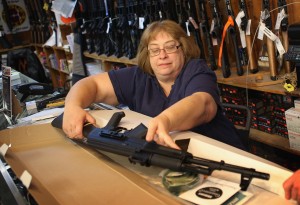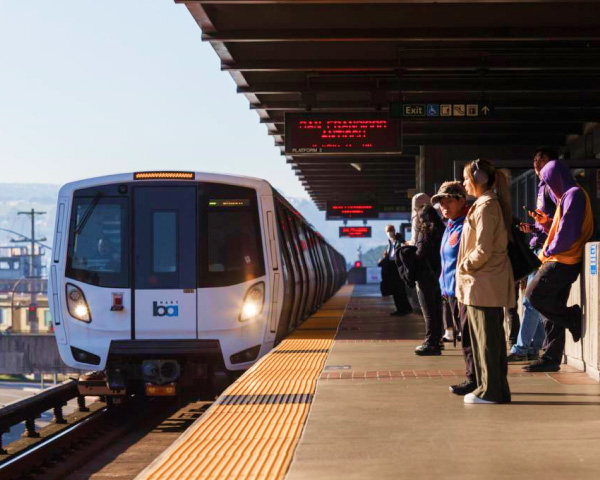We've been here before. After Patrick Purdy sprayed a Stockton elementary school with a semi-automatic rifle in 1989, California legislators passed a law banning assault weapons. A few years -- and massacres -- later, in 1994, President Bill Clinton signed into law a 10-year nationwide ban sponsored by Calif. Sen. Diane Feinstein.

Now assault weapons have exploded back onto the national agenda. Feinstein has been trying to renew the law since it expired in 2004, and last week’s mass murder in Newtown, Conn., prompted President Barack Obama to endorse that effort.
At the same time, California Treasurer, Bill Lockyer has proposed that some state pension plans should divest from companies making guns banned by California. And an inquiry from a California state teachers fund led a private equity firm to put the company that made the gun used in the Connecticut killings up for sale. Other proposals are surfacing as well. State Sen. Kevin De Leon (D-Los Angeles) has proposed requiring permits for the purchase of ammunition. San Francisco Mayor Ed Lee on Thursday called for a ban on hollow-point bullets.
As with any discussion on gun policy, passions run high -- and so does confusion. Here are some of the more common misconceptions about assault weapons:
1) Assault weapons are more powerful than any hunting weapon. Before 1989, the term "assault weapon" had virtually no meaning. Although the term "assault rifle" was sometimes used to refer to a type of light semiautomatic military rifle beginning in World War II, it did not have a precise definition. Both Patrick Purdy and the Newtown, Conn. shooter, Adam Lanza, reportedly used copies of rifles designed for military use -- in Purdy's case a Norinco Type 56 Assault Rife (a Chinese copy of the Russian AK-47), and in Lanza's case a Bushmaster AR15 (the civilian version of the U.S. military's M-16).
